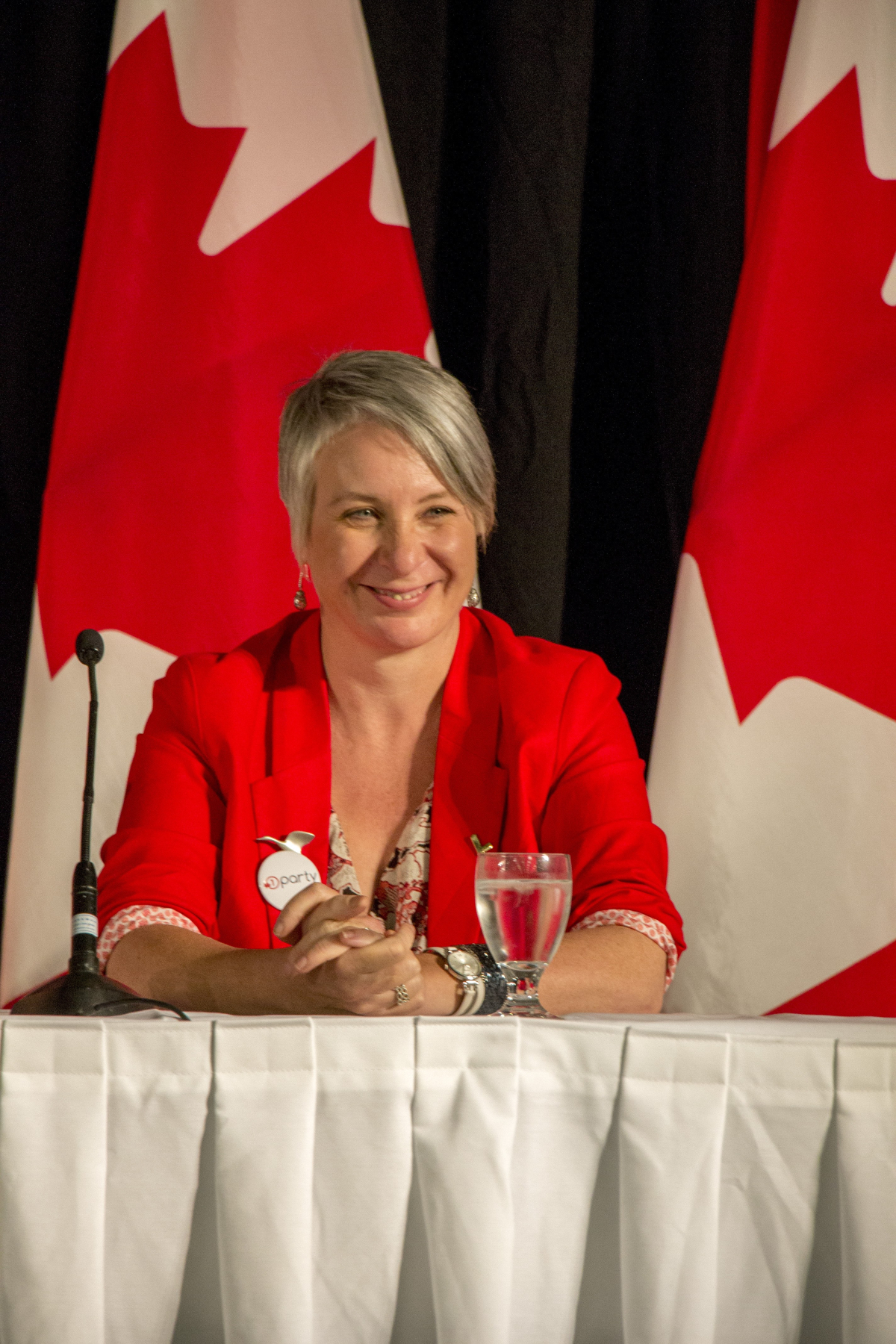Support strong Canadian climate journalism for 2025
Status of Women Minister Patty Hajdu approved a $1.1-million price tag to build a new suite of offices for herself and her staff earlier this year, even though she was told the cost might raise some eyebrows.
Hajdu wanted her new office to be in the same building as the rest of the agency — located at 22 Eddy St. in Gatineau, Que., according to documents obtained by The Canadian Press through the Access to Information Act.
Those documents also show that senior management fast-tracked the expensive renovation project to get her there, even before knowing how they would pay for it.
Before Prime Minister Justin Trudeau appointed a full-time status of women minister — part of his commitment to gender equality around the cabinet table — there had been no need for an office of that size in the building.
Hajdu chose to have the new offices built instead of renovating a space at the building housing Canadian Heritage, the department that contains the Status of Women Canada agency within its portfolio, the documents indicate.
That option would have cost about $400,000, with a much earlier completion date and a location directly across the street, but emails suggest it was never seriously considered.
Hajdu was also warned that the pricier option might create a political problem for her once the word got out.
"The cost is higher than (the space at Canadian Heritage), and could increase since the estimates at this time are not firm," said a Jan. 26 memo prepared for Hajdu that detailed the pros and cons of the two options.
"(This) will likely be subject to public scrutiny and criticism."
The memo also noted that it's standard for ministerial and departmental staff to be in the same building; that the cost would be on par with similar ministerial suites; and working in the same space would increase efficiencies.
Still, at least one official involved with the project repeatedly stressed the need to keep the minister in the loop about the costs, because she would be the one Canadians would hold accountable.
According to notes from a Jan. 19 telephone call where the issue was discussed, Meena Ballantyne — the head of the agency and essentially the deputy minister — responded: "The minister has a right to have a nice office close to her dept."
On a conference call the next day, Ballantyne pointed out that Infrastructure Minister Amarjeet Sohi was also getting a new office.
That office ended up costing about $835,000, which had the Conservatives going on the attack against the Liberals this spring.
There were other issues with the project.
Emails show that Hajdu, who got the job on Nov. 4, 2015, wanted to be able to move into the new space by the end of January 2016 at the latest, a timeline that officials feared was unrealistic.
There appeared to be some incredulity on her side too: early in the process, the documents indicate, Hajdu remarked, "It takes less time to build a house."
The space also had to be redesigned a few times, in part because the plans were drawn up before the chief of staff had even figured out how many people would be working closely with the minister.
The documents also show Status of Women did not have the money to pay for it all, nor did the department know whether it would get any help to do so.
Leonie Roux, a spokeswoman at the agency, wrote in an email that it was important for bureaucrats to be able to work closely with the minister and her staff, as is the case across the federal government. They moved in Aug. 1.
Roux also said Status of Women would cover the $1.1-million cost, but that they were able to get $900,000 of that through the supplementary estimates and it would have no impact on programming or future plans.





Comments
This seems to be the sum total of the department's achievement in the 13 months since the election. When the "feminist" government makes a big deal out of gender equality in Cabinet, but refuses equal pay in the Public Service, praises the most grotesque repressive regimes on the planet, allows women and girls to be discriminated against in schools allowing religious agendas to take usurp the law, Ontario universities receiving public funds to open men-only campuses in Muslim countries that don't allow women to be educated, and so much more. It isn't like there is a shortage of work for the department, but it remains to be seen if they intend to do anything beyond enjoy their new digs.
As far as I am concerned Patti hadju- should personally pay the difference between the $400,000 and the 1.1 million price tag for the new office.